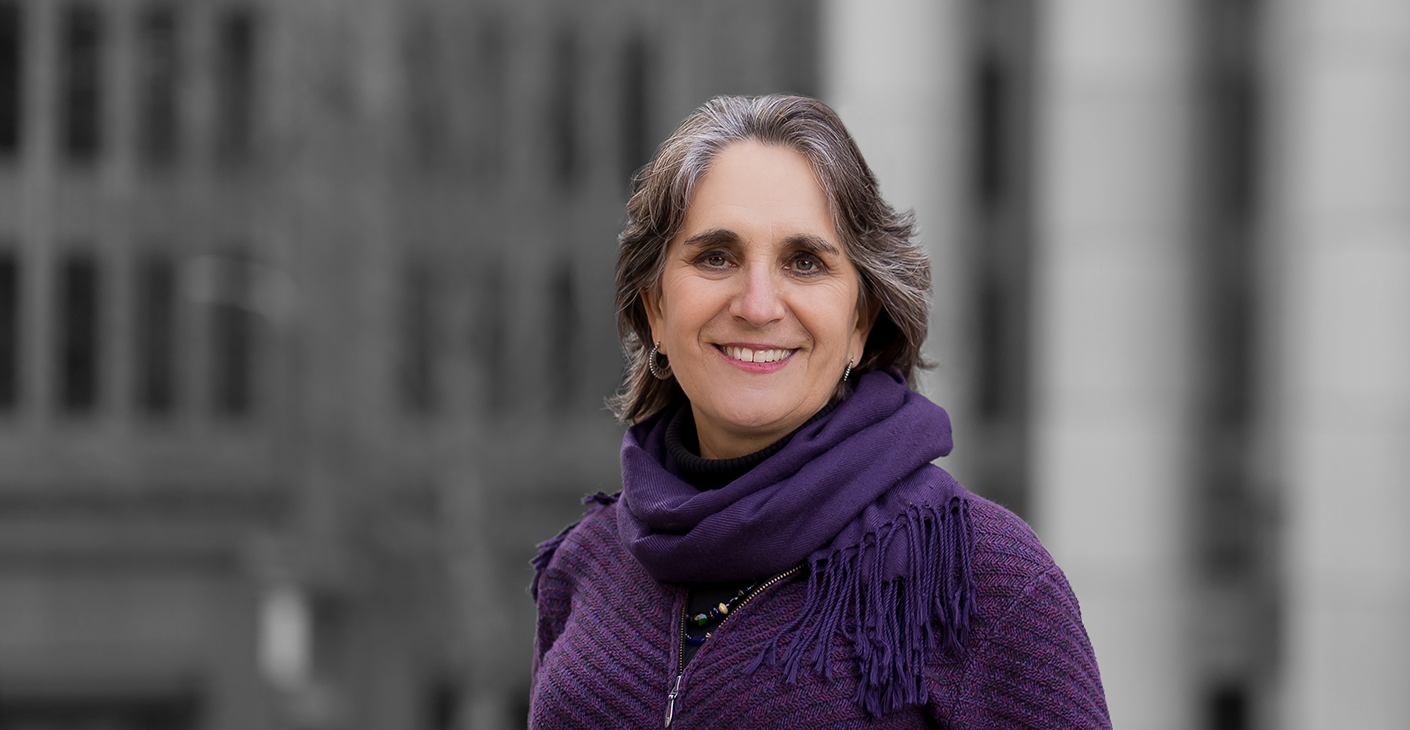Today San Francisco Foundation is fulfilling our promise to be more transparent, to publish our grants, and to hold ourselves publicly accountable to our values and aspirations. Grantmaking is one of the main ways we advance our racial equity mission, and we want to be clear about where we are hitting the mark, where we are missing it, and what we are committed to change.
Measuring our equity grantmaking
As a community foundation, SFF grantmaking comes in two forms: as donor advised grants recommended by donors who hold funds with our foundation and as equity-focused, or programmatic, grantmaking determined by SFF staff.
To better understand the impact of our equity-focused grantmaking, we regularly collect data and analyze our grantmaking portfolio. While past analyses have been limited, this year we are launching a comprehensive survey and analysis that allows us to disaggregate data by race/ethnicity, geography, organization size, and strategy. This analysis will inform our internal decision-making about grants, and I hope it also will provide useful context and accountability with our grantees, partners, and funders.
Key findings
I’m excited to share key findings and data showing where and how we are deploying dollars across the Bay Area, who leads the organizations we fund, and which communities are being served.
- SFF issued 521 grants totaling $46.7 million to 396 different grantee partners. The average grant size was just over $90K.
- 80% of grantees serve majority Black, Indigenous, and people of color communities.
- 80% of Executive Directors of the organizations* we funded identified as Black, Indigenous, or a person of color.
- 45% of Executive Directors of the organizations* we funded were women of color, and this was the largest group among Executive Directors.
- Housing efforts (production, preservation, tenant protection, and homelessness prevention), policy and systems change, and movement building strategies received the most funding.
- Centrally located Bay Area counties received the majority of funding (Alameda, San Francisco, and Contra Costa).
- Larger organizations received more funding than smaller organizations.
- The majority of our grants were for 12 months or less (81%).
*Organizations where race/ethnicity data were available.
I am proud that we are supporting so many BIPOC-led organizations- 80% of our grantees. This is in stark contrast to national philanthropic data which suggests that many foundations are doing more talking the talk than walking the walk of racial equity. At SFF, reaching our goal of supporting BIPOC organizations required intentionality and focus. For example, I listened to our housing working group review a draft grants portfolio and decide to make adjustments to reach their BIPOC-led target, removing some grants and adding others. Last year, Black-led organizations received 29% of our grant funds followed by Latinx-led organizations at 25%. Going forward, we need to provide more support for indigenous led organizations. We have convened an internal working group that is beginning the process of getting to know communities, leaders and groups.
We met our goal for the minimum grant size ($75K), and our average grant size was $90K. Now, we need to determine what is right for the future. Do grantee partners need increased grants to cover rapidly increasing costs? Conversely, we did not meet our goal for the percent of multi-year grants, only 19% of our grants were multi-year. We need to determine the adjustments we need to make in order to increase the number of multi-year grants.
Listening to grantees and deepening engagement
While we were completing this grants analysis, we also conducted a grantee survey to hear directly from our community partners about how we are doing on a much broader set of indicators. We’re also planning sessions with community partners to discuss other ways we can be helpful and work in partnership. We want to deepen our learning about what it takes to move large-scale change, to learn from others, and work together to advance racial equity and economic inclusion.
Data and methodology
This analysis reflects our latest completed fiscal year, which ended on June 30, 2022. Data is collected from a dataset generated from SFF’s revised grant application and organizational profile, which asks grantees to share information about demographics, organizational characteristics, grant strategies, and more. For this analysis, we draw on available data that is required for a subset of our grants. Across all grants, the completeness of data ranges from 76% (organizational budget) to 89% (regions served). We analyzed the data across all of SFF pathways and grantmaking initiatives by examining total funding and grant size by organizational characteristics (grants to BIPOC-led* organizations, including the EDs, organizational size), grant type (grant length, strategies), and populations served.
*BIPOC-led is defined as 1) the Executive Director identifies as BIPOC, 2) more than 50% of the organizational leadership identifies as BIPOC, and 3) more than 50% of the Board identifies as BIPOC.


